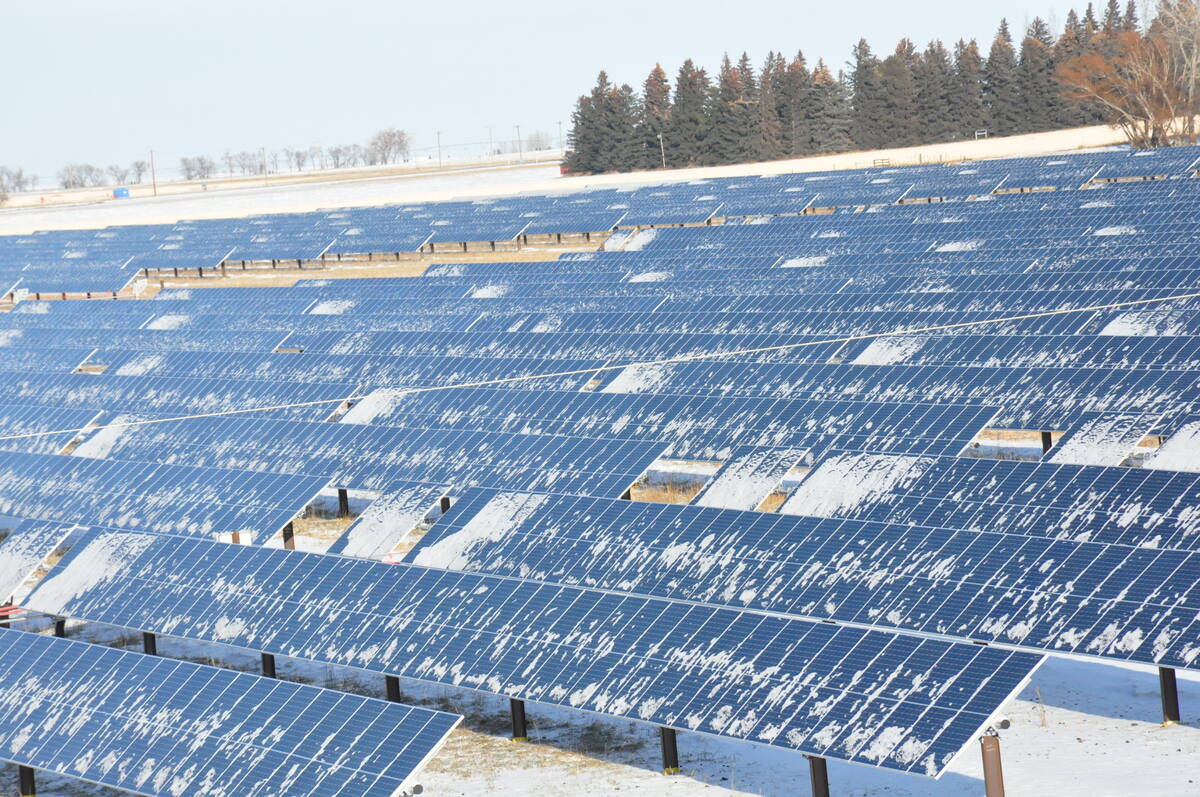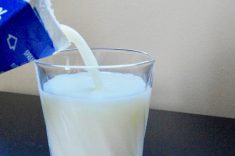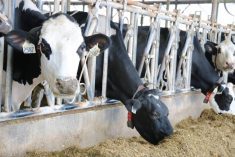The Canadian Dairy Commission has just released its recommendations for 2023. Unlike last year’s shocking 8.4 per cent, which was almost double the previous record, the increase won’t be as dramatic.
As of Feb. 1, 2023, most farmers in Canada will get about 2.2 per cent more for their milk. Provincial boards have the final say, but it looks like next year the dairy section won’t see the price increases we have all seen in 2022.
According to Statistics Canada, food prices are up 10.3 per cent over last year, and dairy products are now 9.7 per cent more expensive compared to last year.
Read Also

Why agriculture is Canada’s energy ace
Why isn’t agriculture getting more play in Canada’s quest for efficient, renewable energy production? It should be
[RELATED] What’s really behind higher milk prices?
The attention grabber in the dairy section was butter. In many parts of the country, butter is 20 per cent more expensive compared to last year. Many people have given up on the product, and are now opting for non-dairy alternatives.
The Canadian Dairy Commission’s work has priced many dairy products out of the market, impacting demand for many products. And once you lose consumers, it may be for good.
Dairy farmers want a fair price for their work but concerns loom about losing market share. Prices must be kept under control as much as possible. In Eastern Canada, which includes eastern Ontario, Quebec and the Atlantic, retail prices aren’t even discussed. It’s all about prices on the farm.
Last year, that group won, which is why we saw farm milk prices increase by more than 11 per cent. This year, the strategy appears to be about market retention while covering increasing production costs. This year’s recommendation is more balanced. The dairy industry needs to be taken care of while making sure food remains affordable for all Canadians.
But unlike in other years, the Canadian Dairy Commission actually bothered inviting media to a press conference to announce price hikes and answer questions. Such an approach was refreshing. Typically, the Commission would just post a brief, 200-word abstract on its website, announcing the increase. It was simply insulting.
With last year’s 8.4 per cent increase, the approach was a complete disaster, undermining consumer trust. Social media massacred the Commission due to its lack of compassion or sincerity. Many were left wondering how a Crown corporation could be so opaque and closed to the public. It gave an illusion that both the Commission and dairy farmers were one, and it shouldn’t.
This year, the presentation was thorough and journalists were able to ask questions. The Commission is showing signs of openness, but more should be done.
For one, how numbers are calculated and what data is being used should be made available when announcing changes to farm milk prices. The Commission conducts a survey every year to assess the cost to produce milk and butterfat in Canada.
It has always wrongly argued that the identity of farmers who participate in their annual survey should be protected. In research, anyone can present data while preserving the identify of subjects. It’s not rocket science.
The key is to understand how efficient dairy farms are, and what type of farms are included in the sample design. All these things matter when calculating costs. And as we witnessed this year, retail prices are strongly affected by how much dairy farmers end up getting.
For every dollar paid for fluid milk at retail, about 40 to 60 per cent of the cost goes back to the farmer, depending on the brand and location of purchase.
Governance of the Commission also needs to change. Right now, it is controlled by two individuals severely compromised by their relationship with the dairy sector. The number of commissioners should expand to at least five academics, and food rescuing agencies can be added to the mix. Right now, the perception of conflict of interest is nothing less than disturbing.
By having a press conference, the Commission showed respect toward the Canadian public. That’s a start. Now some real changes are needed, and let’s hope it doesn’t stop there.















